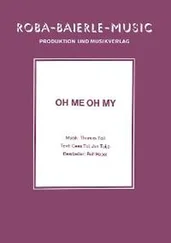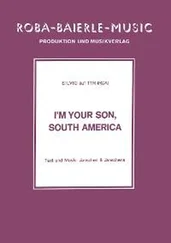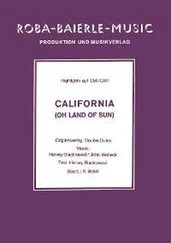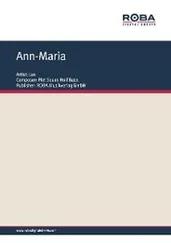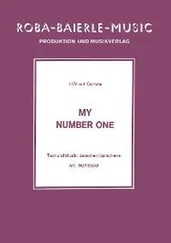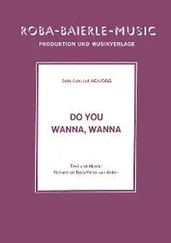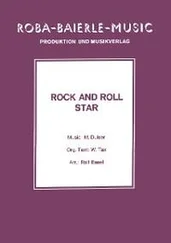oaks are able to survive in clay and gravel soils – contained what was an ideal
Lafite Rothschild
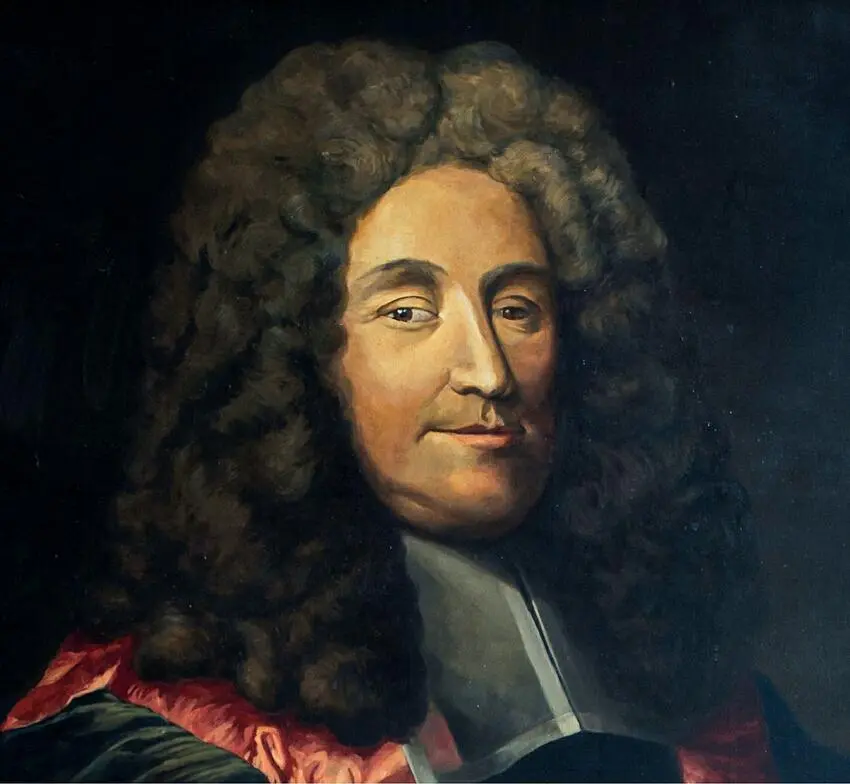
12
HistoryFact and fiction
winemaking terroir for the Romans, rather than the sandy and gravelly river
sediment on the left bank of the Garonne to the north and west of the city where
the Romans probably grew their vines, or the scree to the south which Bordeaux
locals planted from the 16th century. And least of all on the gravel hilltops of
the Médoc, which only became accessible all year round once Dutch engineers
had drained the surrounding marshes using a sophisticated system of channels
and sluices. But even so, Saint-Emilion and Pomerol, whose winemaking his-
tory apparently has Roman roots (the name is a reference to fruit cultivation,
with ‘poma' meaning apple but also fruit in general, so why not grapes?), stood
at the gates of the city of Libourne, which failed to rival Bordeaux despite its
small port. Rural Libourne thus produced wine primarily for personal use until
the mid-18th century.
In fact, the ditches and furrows which the Romans supposedly carved out of
the limestone rock to facilitate the rooting of their vines (as mentioned in nu-
merous scholarly books) have been shown by recent research to date from the
18th century. Furthermore, scholars have long been arguing about the location
of the remains of the grandiose Villa Lucaniacus belonging to Roman statesman
and poet Ausonius. But they are hardly likely to be slumbering in Saint-Emilion
and are thus of no use as proof of the wonderful wines which the town is sup-
posed to have already been producing at the time.
Arnaud II. de Pontac

13
Fact and fiction
Ausonius went down in Bordeaux history because he scratched ‘Oh father-
land, famous for its vines' into a clay tablet, inscribed it on parchment or some
other material, and also noted in passing that he owned around 25 hectares of
vineyards alongside a few hundred hectares of agricultural land. This does not
mean very much, however, as no true Roman estate would have done otherwise,
as wine was a way of raking in extra wealth, prompting Diodorus Siculus to com-
ment in the first century BC: ‘The avaricious temperament of many Roman trad-
ers exploits the Gallic passion for wine. On the boats which follow the waterways
or by wagons which roll across the plain, they transport wine, from which they
make fantastic profits, going as far as trading one amphora for one slave, in such
manner that the buyer brings his servant to pay for the drink.'
The Roman scholar, politician and poet Decimus Magnus Ausonius was born
in Bordeaux in around 310 (other sources refer to Vasate or Bazas) and died after
a long career in 395 on his family's estate in la Réole in southern Gironde. There is
virtually nothing to associate him with Saint-Emilion. The legend that he owned
a winery there emerged in the 17th or 18th century, and I cannot help thinking
that there are prevailing mercantile and chauvinist interests in this interpretation
of history. Here are the facts: Ausonius's writings mention a villa called Lucani-
acus which ‘could rival a palace in Rome' and could apparently be reached from
Ausonius

A perfect glass shaped to complement
any wine? An elegant creation to
highlight the bouquet of white, red,
sparkling and dessert wines?
Often the choice of a suitable glass is more difficult than
the choice of the right wine. What is more important to the
connoisseur? A cupboard full of glasses or a cellar full of wines?
The modern way of enjoying the intense taste of wine in minor portions.
The wine should be allowed to express itself, and unfold its aroma
in the appropriate glass.
As a highlight of the collaboration with professional glass designers and the
renowned wine critic, René Gabriel, the unique GABRIEL-GLAS© was born.
Medium-sized, elegant and affordable. Expertise in glass creation meets
supreme connoisseurship. Simply pure enjoyment of wine! For every day!
For every wine! Santé! Only one but unique glass for your enjoyment?
Try it! You will be delighted!
The proclaimed advantages will convince
•
For a perfect tasting a small quantity of wine is enough.
•
The «Bouquet-Drive» located on the belly unfolds the flavour quickly.
•
The slightly conically tapered shape concentrates the bouquet.
•
The ultra thin workmanship presents a royal finesse in drinking.
•
The perfect volume for a usual capacity.
•
The uncompromising height of the glass is best suited both for young and older wines.
•
White, red or sweet – maximum enjoyment is guaranteed no matter what wine you choose
.
•
Ordinary wines are improving and quality wines are remaining quality wines.
•
The general shape presents maximum elegance and a noble presentation.
•
The the glass is light but durable.
•
It's a state-of-art, lead-free crystal glass.
•
The glass is dishwasher resistant and fits in every device.
For best results use dry chemical only.
•
GABRIEL-GLAS© offers an attractive pricing, so wine tasting
remains a pleasurable yet affordable experience.
The Gabriel-Glas© is available in two different
versions with identic measurements
The StandArt glass:machine made, approx. 150 grams
The Gold Edition glass:mouth blown, ultra light, approx. 90 grams
Capacity:17,95 oz (GB), 17,25 oz (USA)
Gabriel-Glas (Schweiz) GmbH
Unterdorfstrasse 21, CH-6274 Eschenbach LU, Tel. +41 41 448 19 16
Fax +41 41 930 01 08, welcome@gabriel-glas.com, www.gabriel-glas.com

15
Ausonius and the Romans History
Condat with a team of mules. In 1806, local historian Suffrein published a history
of Libourne, which he took to be the former Condat. In Gallic the name means
a place located at a confluence: today around 100 different ‘condats' have been
identified from those times, including what are now Cognac and Angers. Libourne
does not appear on the list. It was on the basis of this meagre evidence that Suf-
frein established Ausonius' villa as being in Saint-Emilion, where Gallo-Roman
artefacts have indeed been found. However, after archaeologists found the foun-
dations of a large Roman villa near Saint-André / Montagne, Suffrein's thesis was
dismissed as pure fabrication. Researchers still argue about which excavations
can be attributed to Ausonius, who owned estates in Bordeaux and Saintes but
Читать дальше





